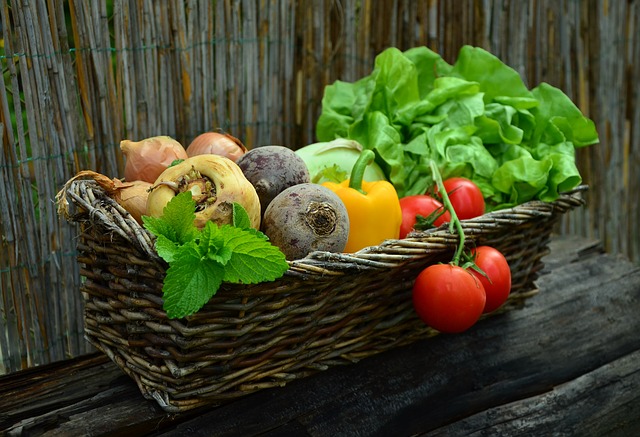Inflammation: It’s your body’s normal response to injury, infection and even hard training. Your diet plays a major role in how quickly you recover from inflammation and decreases your need for anti-inflammatory medications that can have harmful long term side effects when used too frequently.
Before you chalk the fact that you don’t bounce back quickly from hard efforts or long runs to getting older, you really need to take a closer look at what kinds of foods you’re eating. A diet rich in anti-inflammatory foods will help your body fight inflammation faster as well as give it the fuel it needs to get through your crazy busy day and your next run.
But exactly what are anti-inflammatory foods? In working with runners, I’m often met with a blank stare when I make this recommendation. In a nutshell they’re fruits, vegetables, leafy greens (Ya I know, leafy greens are vegetables, but in my opinion they could be a super food group of their own because they have so much goodness that every runner needs!), nuts, whole grains, fish, and healthy oils.
Because I know you are busy and don’t have time to scroll through explanations of why each food is good for you only to forget what was at the beginning of the list by the time you’ve read the whole article, the following alphabetical list is a quick resource to help you know exactly which foods to include when meal planning and building your grocery list.
- Almonds
- Apples
- Avocados
- Beans
- Bell Peppers
- Blueberries
- Broccoli
- Brown Rice (Click Here for more gluten free whole grains)
- Cabbage
- Cauliflower
- Carrots
- Cherries
- Chili Peppers
- Dark Chocolate (at least 70% cacao)
- Garlic
- Grapes
- Green Tea
- Kale
- Mushrooms
- Olive Oil
- Olives (both black and green)
- Onions
- Pecans
- Salmon
- Sauerkraut
- Spinach
- Squash
- Strawberries
- Sweet Potatoes
- Swiss Chard
- Tomatoes
- Trout
- Turnip Greens
- Walnuts
By no means is this an all inclusive list. This list is meant to help you start adding more anti-inflammatory foods to your meals and snacks on a consistent basis.
A few things to note here:
- Your cooking methods can affect the anti-inflammatory properties of your food. We’ll talk more about that in a later post.
- If you have not been eating a lot of vegetables consider cooking them instead of eating them raw for a couple of reasons. 1) Raw vegetable have the highest fiber content and you could send your digestive tract into distress if its not use to that much fiber. (Ever get a tummy ache after eating a huge salad?) 2) Cooking them gives you the opportunity to spice things up and add healthy fats both of which will increase your satiety and likelihood you will want to eat more vegetables because they’re not bland and boring!
- Slow down and chew your food! Your body actually begins to break down all the goodness of your food while it’s still in your mouth. Do yourself a favor and help it out by savoring the taste of your food and chewing it thoroughly. Click here to learn more!
There you have it, a simple list to reference and give you ideas for meal planning. Start this week adding some of these anti-inflammatory foods to your diet and boost your recovery process!




